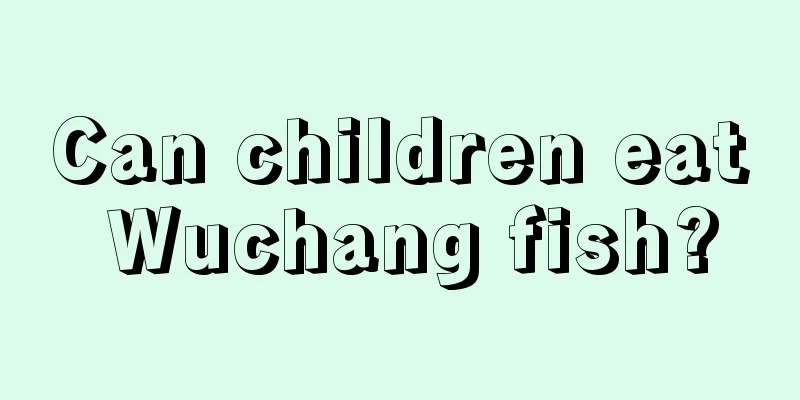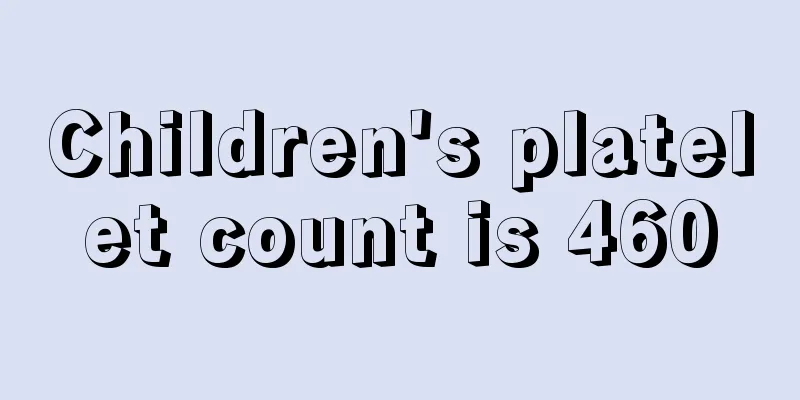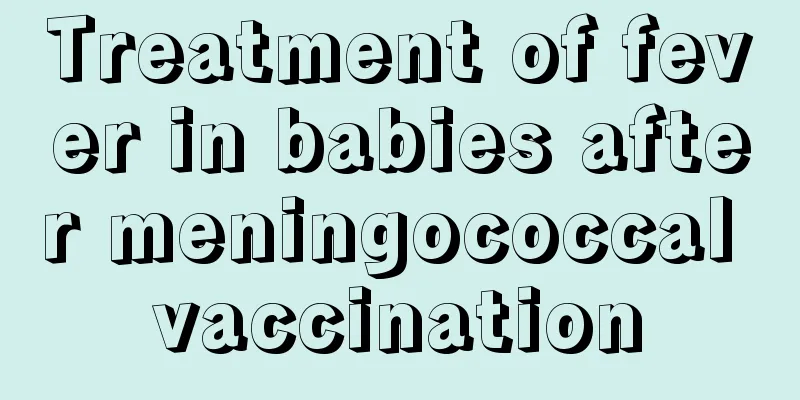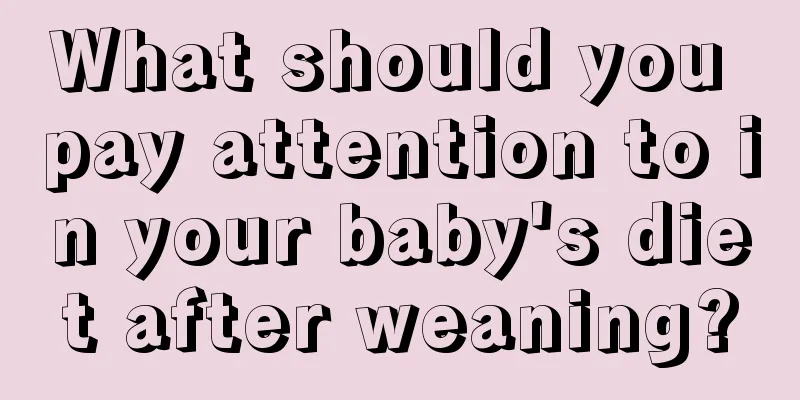Symptoms of rickets in babies
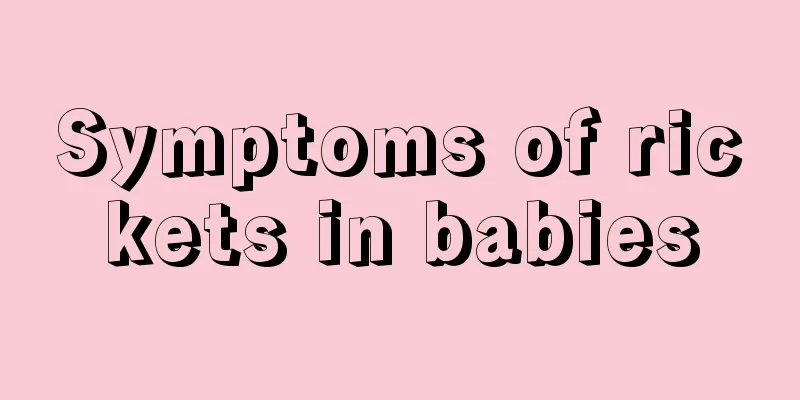
|
Parents need to pay attention to the baby's body in life. The baby's body is easily affected by the outside world when it is young. If the absorption of nutrients is unbalanced, it will have a great impact on the baby's body. What I want to talk to you about today is rickets in babies. Parents should understand their baby’s physical condition so as to ensure the baby’s health. Some symptoms of rickets in babies are also quite obvious, especially the shape of the legs, which is very obvious, so parents can clearly know whether there is something wrong with their children's body or whether their health is abnormal. What are the symptoms of rickets in babies? According to experts, in the early stages of rickets, due to low blood calcium, nonspecific nerve excitability increases, manifesting as irritability, night terrors, crying at night, sweating, restlessness, and loss of appetite. Some infants may have hypocalcemic tetany, laryngeal spasm, or even convulsions. At this time, slight occipital baldness, softening of the skull and changes in rib beads may occur. During the acute stage of rickets, the child's blood calcium and phosphorus levels drop significantly, and the blood alkaline phosphatase increases significantly. This causes the parathyroid gland to regulate, resulting in a compensatory increase in blood calcium and a large amount of phosphorus excreted from the urine, causing the original bone to dissolve calcium and become "softened". During the acute stage of rickets, obvious beads, Howe grooves, and bracelets can be seen. Calcium dissolution in long bones results in "O" or "X" shaped legs, abnormal flat bones and skull softening - a ping-pong ball feeling, occipital baldness, square skull, delayed fontanelle closure, and may also have kyphosis and scoliosis. In addition, there are changes in blood, urine, and X-rays. The above symptoms and signs may be alleviated or partially disappear after treatment, which is called the recovery period. When rickets is severe, not only will bone deformities occur, but there will also be growth stagnation, anemia, decreased immune resistance, prolonged illness and high mortality rate. In addition, intellectual development usually lags behind normal children of the same age. This article introduces you to the symptoms of rickets in babies. I believe that after reading it, you will have a better understanding of this aspect. We must know more about the baby's health so that we can help the baby treat the disease in time. The baby's awareness of disease is relatively poor, so parents must pay more attention. |
<<: Symptoms of bronchitis in children
>>: Causes of obesity in children
Recommend
Precautions for acute laryngitis in children
We all know that if children are sick when they a...
What is the exact age of development for girls?
The one-child policy has made every family pay sp...
The reason why the baby's lymphocytes are high
When we talk about babies, we undoubtedly feel th...
What should I do if my child bites his lips?
The phenomenon of children biting their lips trou...
Is there any relationship between broken palm lines and Down syndrome?
Most children with Down syndrome have a broken pa...
How to treat cerebral palsy in premature infants?
In life, many premature newborns are not well ada...
Treatment and causes of yellow palms in children
Children’s own resistance is very poor, so when c...
What fruits are good for children with anemia?
Nowadays, everyone can feel that money is getting...
Is it really good to bathe your child every day?
Many young moms like to dress their babies up bea...
What if the child has a cut on his chin?
Children's skin is more delicate than that of...
Is precocious puberty in children serious?
Precocious puberty was not very common in the pas...
How to stimulate appetite and strengthen spleen of children?
Nowadays, many children are spoiled by their pare...
What is the reason for the red spots on the baby's buttocks?
The baby's skin is very delicate. Some mother...
What to do if your eight-month-old baby has a fever
Some parents become overly nervous when they see ...
Is it normal for a child to lose teeth at the age of five and a half?
We all know that children will change their teeth...


